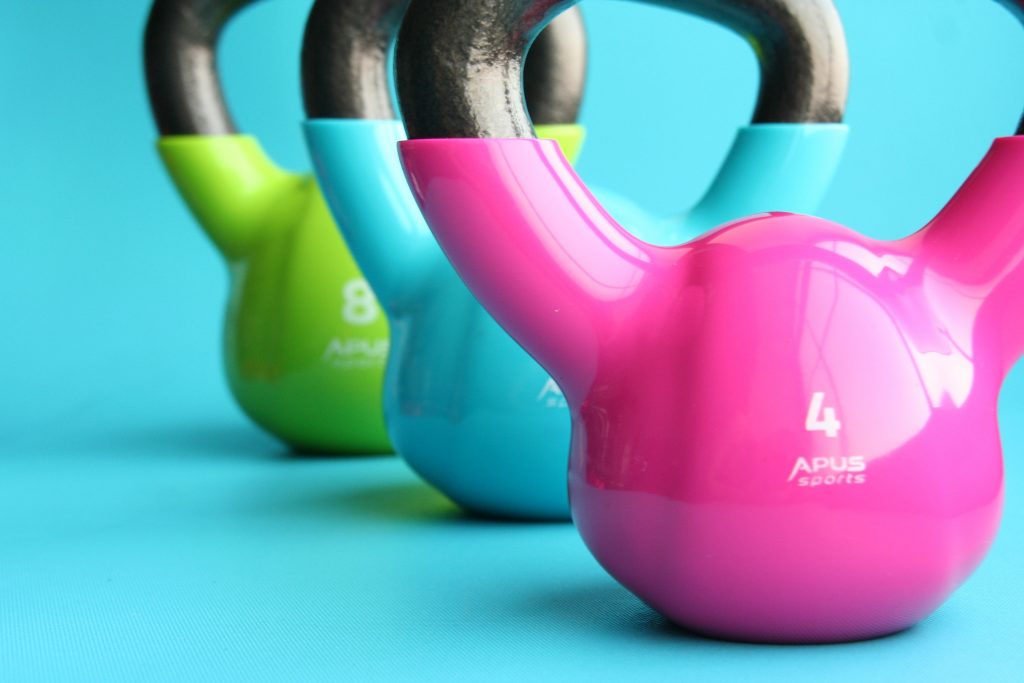Strength training is a key part of any exercise program. It can help increase your stamina and reduce shortness of breath. This means you can do more of the things you want to do.
Download Strength Training Recommendations for Alphas as a PDF.
Let’s look at some strength training exercises for your upper and lower body.
Strength training: Lower body
Lower body strength training is a cornerstone of any exercise program. These exercises target the large muscles of your lower body. They help fight muscle weakness that might limit your activities. They also boost your stamina or endurance, which can help you feel less breathless.
Recommendations for Lower Body Strength Training
- How often (Frequency): Three times per week
- How hard (Intensity): One set of 10 repetitions (reps)
- Progression: Increase to one set of 20 reps (as monitored by RPE and RPD)
Once you can perform two sets of 20 reps for two exercise sessions in a row, you can increase the resistance. This is known as the 2-for-2 rule of strength training.
Options for more resistance:
- Use a stronger resistance-band
- Add one pound in free weights
- Add a plate if you’re using a weight machine
Straight leg raises:
- Lie on your back with one leg bent.
- Raise your other leg 6-8 inches with knee locked.
- Exhale and tighten thigh muscles while raising leg.
- Repeat using your other leg.
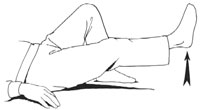
Hip sidekicks:
- Hold a chair for balance.
- Stand with legs shoulder-width apart and toes pointed forward.
- Kick one leg out to the side, keeping the knee straight. Do not lean.
- Repeat using your other leg.
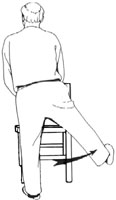
Step-ups:
- Using stair or stool, step up and then down with the same leg 5 times.
- Repeat using your other leg.
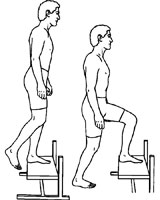
Modified knee bends:
- Stand up from a sitting position.
- Once standing, keep your back straight. Do not bend at the waist or slump.
- Sit down slowly.
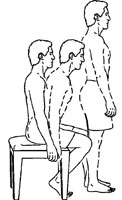
Bridge:
- Lie on your back with feet shoulder-width apart.
- Lift hips toward the ceiling.

Single-leg Bridge:
- Lie on your back with feet shoulder-width apart and one leg straight.
- Lift hips toward the ceiling while keeping your leg straight.
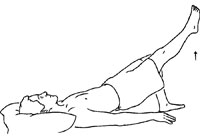
Crunch:
- Lie on your back with knees bent and fingertips touching ears.
- Exhale as you slowly try to lift your shoulders about four inches off the floor. (Keep the small of your back against the floor.)
- Inhale as you return to the floor.

Strength training: Upper body
Alphas with lung problems frequently use their arm and shoulder muscles for breathing. As a result, they may have shortness of breath (dyspnea) when dressing, showering, and doing household tasks.
Strength training for your upper body targets your arms and shoulders. It helps you do more activities at or above shoulder height and improves your posture. Strong upper body muscles and good posture can help you breathe more easily.
Tips for Better Posture
DO:
- Stand tall and erect.
- Tuck your chin.
- Align your head and shoulders
- Check your posture regularly in a mirror or window
DON’T:
- Slouch or slump while watching TV or reading.
- Sit, stand or lie in one position for too long.
- Hold your breath while you stretch.
- Stretch without warming up.
Recommendations for Upper Body Strength Training
- Frequency (How often): Three times per week
- Duration (How long): Increase in two-minute intervals with one-minute rest periods until you can perform the exercise for a total of 15 minutes without resting.
- Intensity (How hard): Work at a perceived exertion of 3-4 on the RPE and adjust using the RPD.
- Progression: Add a .5 pound cuff weight to each wrist to a maximum of 1.5 pounds per wrist as tolerated.
Chin tuck: Gently pull your chin in while lengthening the back of your neck.
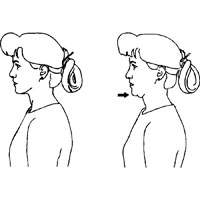
Shoulder shrugs: Raise your shoulders toward your ears.
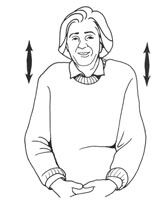
Shoulder circle shrugs:
- Raise shoulders.
- Rotate backward for 15 seconds.
- Then, rotate the other way for 15 seconds.
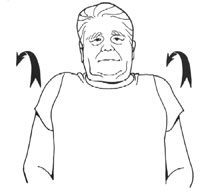
Shoulder pinches:
- Pinch your shoulder blades together.
- Hold 10 seconds while counting out loud.
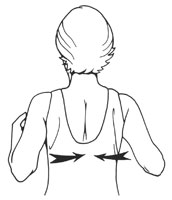
Dowel raise:
- Sit in a chair.
- Bend your arms slightly and inhale for one count (one second) as you raise your dowel. (You can also use a cane.)
- Exhale for two counts while lowering the dowel.
- Continue raising and lowering your dowel at this rate. (20 times per minute.)
- Work for up to 15 minutes, and then add ½ pound weight to each wrist.
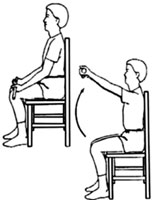
Weighted arm raises:
- Sitting or standing, hold a weight in one hand.
- Keeping your elbow straight, raise your arm above your head.
- Very slowly, return the arm to your side.
- Repeat with the opposite arm.
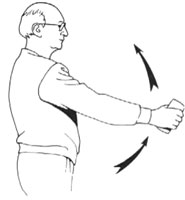
Standing arcs:
- Sit or stand with your arms at your sides, holding weights.
- Lift your arms out to the side and up as far as possible.
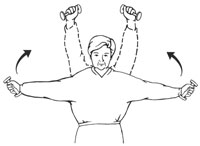
Resistance band rowing:
- Anchor your resistance band to a door, and grasp both ends.
- With your elbows bent, pull back, squeezing shoulder blades together.
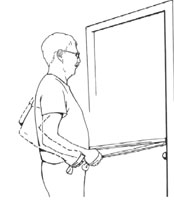
Note: Resistance bands are elastic bands that can be cut to any length. They come in a variety of strengths. You can buy them at any store that sells medical supplies as well as many rehab centers and drugstores.
Round out your fitness program with more exercise recommendations:
Warm-up & stretching
Cardio endurance training
For more in-depth information on this topic, please visit the Big Fat Reference Guide (BFRG). If you are enrolled in AlphaNet’s Subscriber Portal, you can access the BFRG here.
Download Strength Training Recommendations for Alphas as a PDF.

